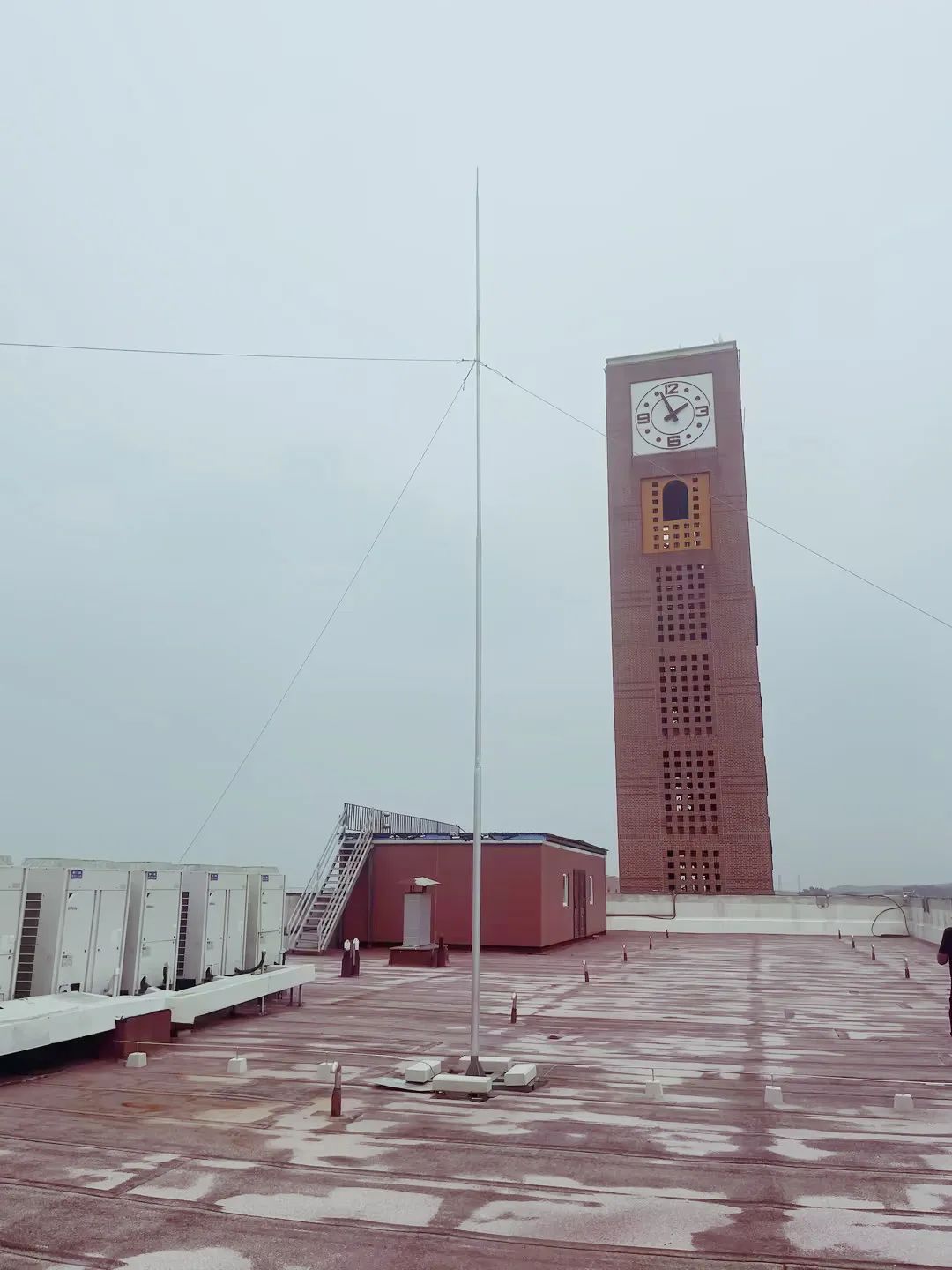第一步:准备数据
动物马分割数据,总共有328张图片,里面的像素值为0和1,所以看起来全部是黑的,不影响使用

第二步:搭建模型
psp模块的样式如下,其psp的核心重点是采用了步长不同,pool_size不同的平均池化层进行池化,然后将池化的结果重新resize到一个hw上后,再concatenate。
即:
红色:这是在每个特征map上执行全局平均池的最粗略层次,用于生成单个bin输出。
橙色:这是第二层,将特征map划分为2×2个子区域,然后对每个子区域进行平均池化。
蓝色:这是第三层,将特征 map划分为3×3个子区域,然后对每个子区域进行平均池化。
绿色:这是将特征map划分为6×6个子区域的最细层次,然后对每个子区域执行池化。

第三步:代码
1)损失函数为:交叉熵损失函数
2)网络代码:
import torch
import torch.nn.functional as F
from torch import nnfrom nets.mobilenetv2 import mobilenetv2
from nets.resnet import resnet50class Resnet(nn.Module):def __init__(self, dilate_scale=8, pretrained=True):super(Resnet, self).__init__()from functools import partialmodel = resnet50(pretrained)#--------------------------------------------------------------------------------------------## 根据下采样因子修改卷积的步长与膨胀系数# 当downsample_factor=16的时候,我们最终获得两个特征层,shape分别是:30,30,1024和30,30,2048#--------------------------------------------------------------------------------------------#if dilate_scale == 8:model.layer3.apply(partial(self._nostride_dilate, dilate=2))model.layer4.apply(partial(self._nostride_dilate, dilate=4))elif dilate_scale == 16:model.layer4.apply(partial(self._nostride_dilate, dilate=2))self.conv1 = model.conv1[0]self.bn1 = model.conv1[1]self.relu1 = model.conv1[2]self.conv2 = model.conv1[3]self.bn2 = model.conv1[4]self.relu2 = model.conv1[5]self.conv3 = model.conv1[6]self.bn3 = model.bn1self.relu3 = model.reluself.maxpool = model.maxpoolself.layer1 = model.layer1self.layer2 = model.layer2self.layer3 = model.layer3self.layer4 = model.layer4def _nostride_dilate(self, m, dilate):classname = m.__class__.__name__if classname.find('Conv') != -1:if m.stride == (2, 2):m.stride = (1, 1)if m.kernel_size == (3, 3):m.dilation = (dilate//2, dilate//2)m.padding = (dilate//2, dilate//2)else:if m.kernel_size == (3, 3):m.dilation = (dilate, dilate)m.padding = (dilate, dilate)def forward(self, x):x = self.relu1(self.bn1(self.conv1(x)))x = self.relu2(self.bn2(self.conv2(x)))x = self.relu3(self.bn3(self.conv3(x)))x = self.maxpool(x)x = self.layer1(x)x = self.layer2(x)x_aux = self.layer3(x)x = self.layer4(x_aux)return x_aux, xclass MobileNetV2(nn.Module):def __init__(self, downsample_factor=8, pretrained=True):super(MobileNetV2, self).__init__()from functools import partialmodel = mobilenetv2(pretrained)self.features = model.features[:-1]self.total_idx = len(self.features)self.down_idx = [2, 4, 7, 14]#--------------------------------------------------------------------------------------------## 根据下采样因子修改卷积的步长与膨胀系数# 当downsample_factor=16的时候,我们最终获得两个特征层,shape分别是:30,30,320和30,30,96#--------------------------------------------------------------------------------------------#if downsample_factor == 8:for i in range(self.down_idx[-2], self.down_idx[-1]):self.features[i].apply(partial(self._nostride_dilate, dilate=2))for i in range(self.down_idx[-1], self.total_idx):self.features[i].apply(partial(self._nostride_dilate, dilate=4))elif downsample_factor == 16:for i in range(self.down_idx[-1], self.total_idx):self.features[i].apply(partial(self._nostride_dilate, dilate=2))def _nostride_dilate(self, m, dilate):classname = m.__class__.__name__if classname.find('Conv') != -1:if m.stride == (2, 2):m.stride = (1, 1)if m.kernel_size == (3, 3):m.dilation = (dilate//2, dilate//2)m.padding = (dilate//2, dilate//2)else:if m.kernel_size == (3, 3):m.dilation = (dilate, dilate)m.padding = (dilate, dilate)def forward(self, x):x_aux = self.features[:14](x)x = self.features[14:](x_aux)return x_aux, xclass _PSPModule(nn.Module):def __init__(self, in_channels, pool_sizes, norm_layer):super(_PSPModule, self).__init__()out_channels = in_channels // len(pool_sizes)#-----------------------------------------------------## 分区域进行平均池化# 30, 30, 320 + 30, 30, 80 + 30, 30, 80 + 30, 30, 80 + 30, 30, 80 = 30, 30, 640#-----------------------------------------------------#self.stages = nn.ModuleList([self._make_stages(in_channels, out_channels, pool_size, norm_layer) for pool_size in pool_sizes])# 30, 30, 640 -> 30, 30, 80self.bottleneck = nn.Sequential(nn.Conv2d(in_channels + (out_channels * len(pool_sizes)), out_channels, kernel_size=3, padding=1, bias=False),norm_layer(out_channels),nn.ReLU(inplace=True),nn.Dropout2d(0.1))def _make_stages(self, in_channels, out_channels, bin_sz, norm_layer):prior = nn.AdaptiveAvgPool2d(output_size=bin_sz)conv = nn.Conv2d(in_channels, out_channels, kernel_size=1, bias=False)bn = norm_layer(out_channels)relu = nn.ReLU(inplace=True)return nn.Sequential(prior, conv, bn, relu)def forward(self, features):h, w = features.size()[2], features.size()[3]pyramids = [features]pyramids.extend([F.interpolate(stage(features), size=(h, w), mode='bilinear', align_corners=True) for stage in self.stages])output = self.bottleneck(torch.cat(pyramids, dim=1))return outputclass PSPNet(nn.Module):def __init__(self, num_classes, downsample_factor, backbone="resnet50", pretrained=True, aux_branch=True):super(PSPNet, self).__init__()norm_layer = nn.BatchNorm2dif backbone=="resnet50":self.backbone = Resnet(downsample_factor, pretrained)aux_channel = 1024out_channel = 2048elif backbone=="mobilenet":#----------------------------------## 获得两个特征层# f4为辅助分支 [30,30,96]# o为主干部分 [30,30,320]#----------------------------------#self.backbone = MobileNetV2(downsample_factor, pretrained)aux_channel = 96out_channel = 320else:raise ValueError('Unsupported backbone - `{}`, Use mobilenet, resnet50.'.format(backbone))#--------------------------------------------------------------## PSP模块,分区域进行池化# 分别分割成1x1的区域,2x2的区域,3x3的区域,6x6的区域# 30,30,320 -> 30,30,80 -> 30,30,21#--------------------------------------------------------------#self.master_branch = nn.Sequential(_PSPModule(out_channel, pool_sizes=[1, 2, 3, 6], norm_layer=norm_layer),nn.Conv2d(out_channel//4, num_classes, kernel_size=1))self.aux_branch = aux_branchif self.aux_branch:#---------------------------------------------------## 利用特征获得预测结果# 30, 30, 96 -> 30, 30, 40 -> 30, 30, 21#---------------------------------------------------#self.auxiliary_branch = nn.Sequential(nn.Conv2d(aux_channel, out_channel//8, kernel_size=3, padding=1, bias=False),norm_layer(out_channel//8),nn.ReLU(inplace=True),nn.Dropout2d(0.1),nn.Conv2d(out_channel//8, num_classes, kernel_size=1))self.initialize_weights(self.master_branch)def forward(self, x):input_size = (x.size()[2], x.size()[3])x_aux, x = self.backbone(x)output = self.master_branch(x)output = F.interpolate(output, size=input_size, mode='bilinear', align_corners=True)if self.aux_branch:output_aux = self.auxiliary_branch(x_aux)output_aux = F.interpolate(output_aux, size=input_size, mode='bilinear', align_corners=True)return output_aux, outputelse:return outputdef initialize_weights(self, *models):for model in models:for m in model.modules():if isinstance(m, nn.Conv2d):nn.init.kaiming_normal_(m.weight.data, nonlinearity='relu')elif isinstance(m, nn.BatchNorm2d):m.weight.data.fill_(1.)m.bias.data.fill_(1e-4)elif isinstance(m, nn.Linear):m.weight.data.normal_(0.0, 0.0001)m.bias.data.zero_()
第四步:统计一些指标(训练过程中的loss和miou)


第五步:搭建GUI界面


第六步:整个工程的内容
有训练代码和训练好的模型以及训练过程,提供数据,提供GUI界面代码
代码见:基于Pytorch框架的深度学习PSPnet网络动物马语义分割系统源码

有问题可以私信或者留言,有问必答




















